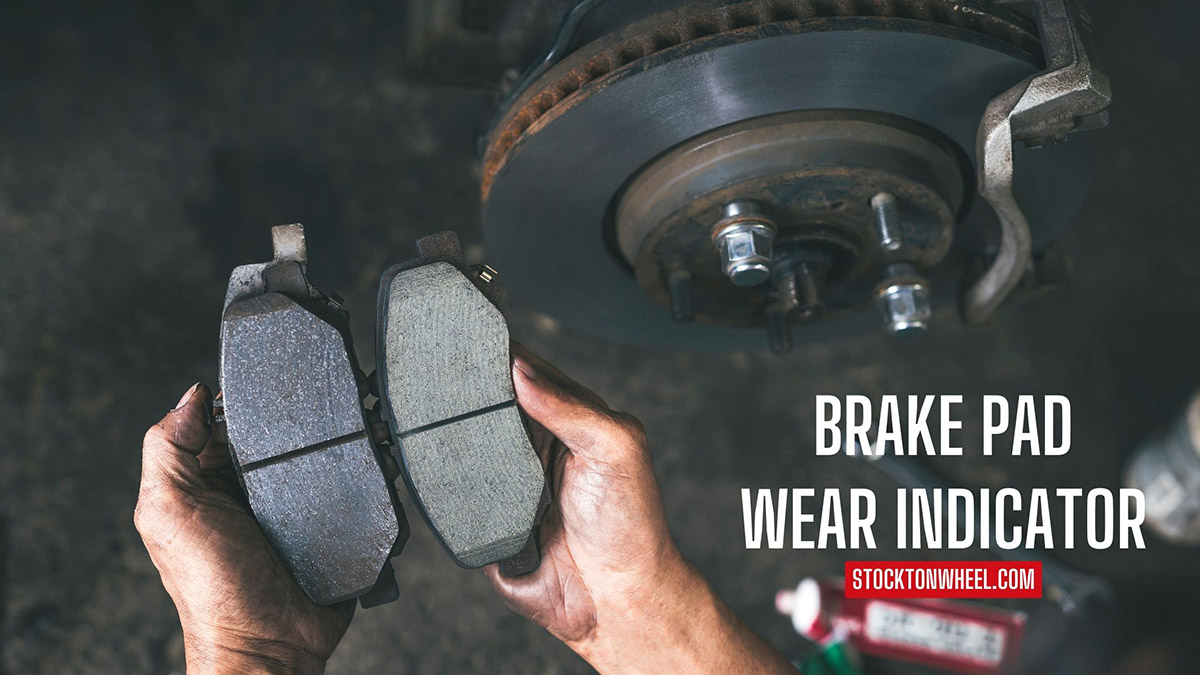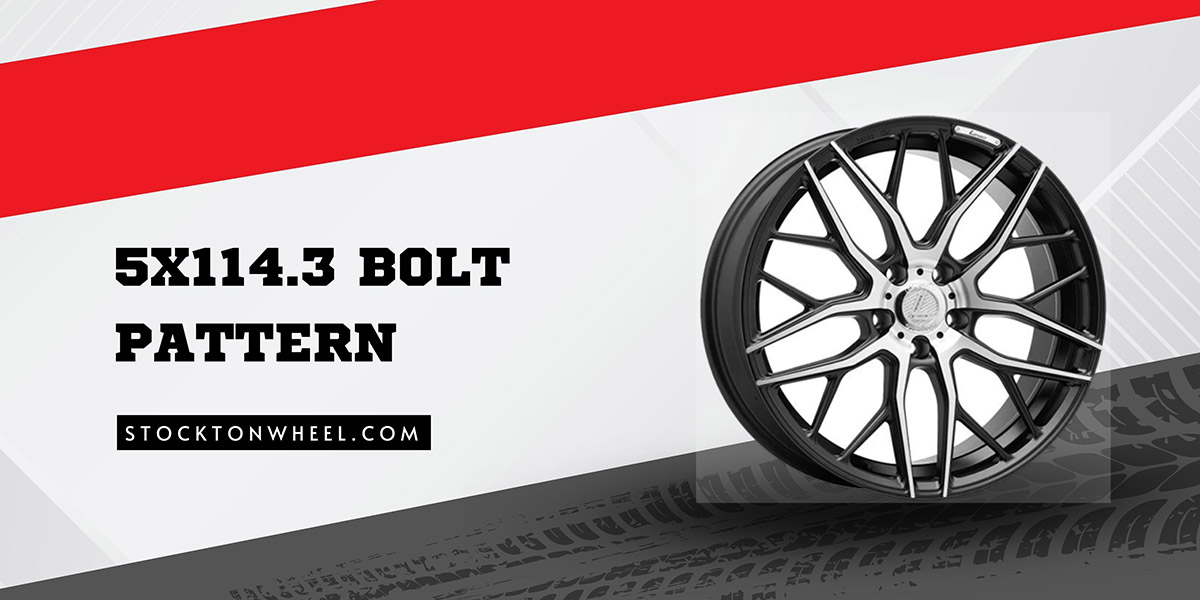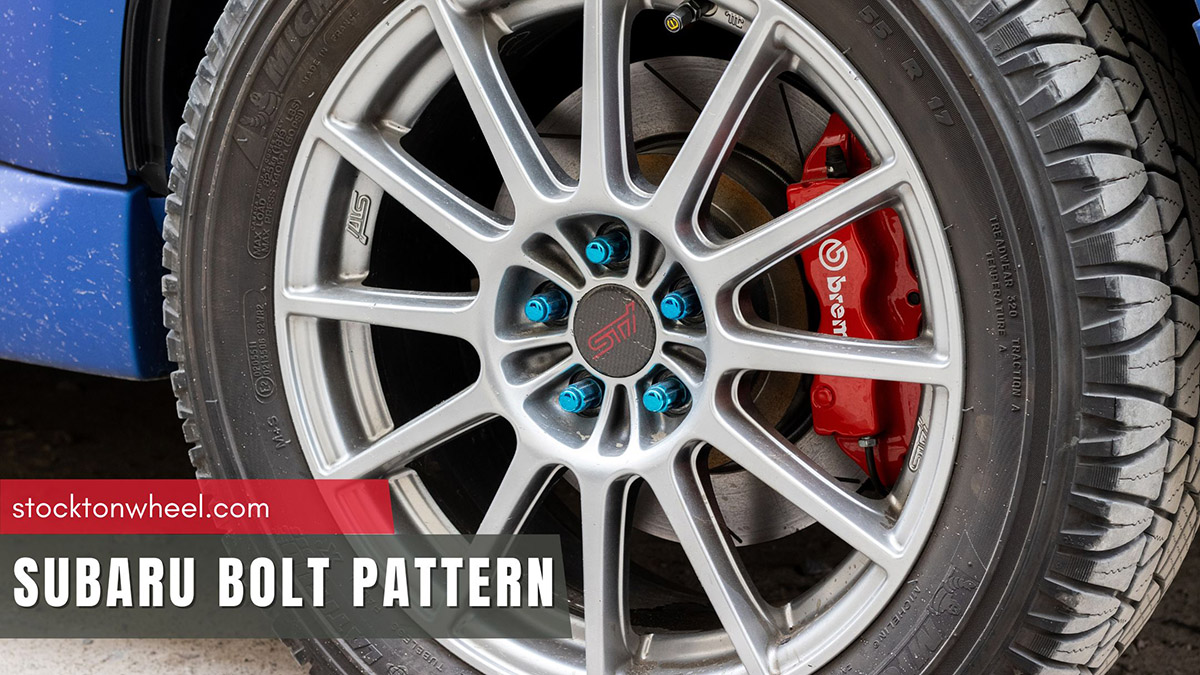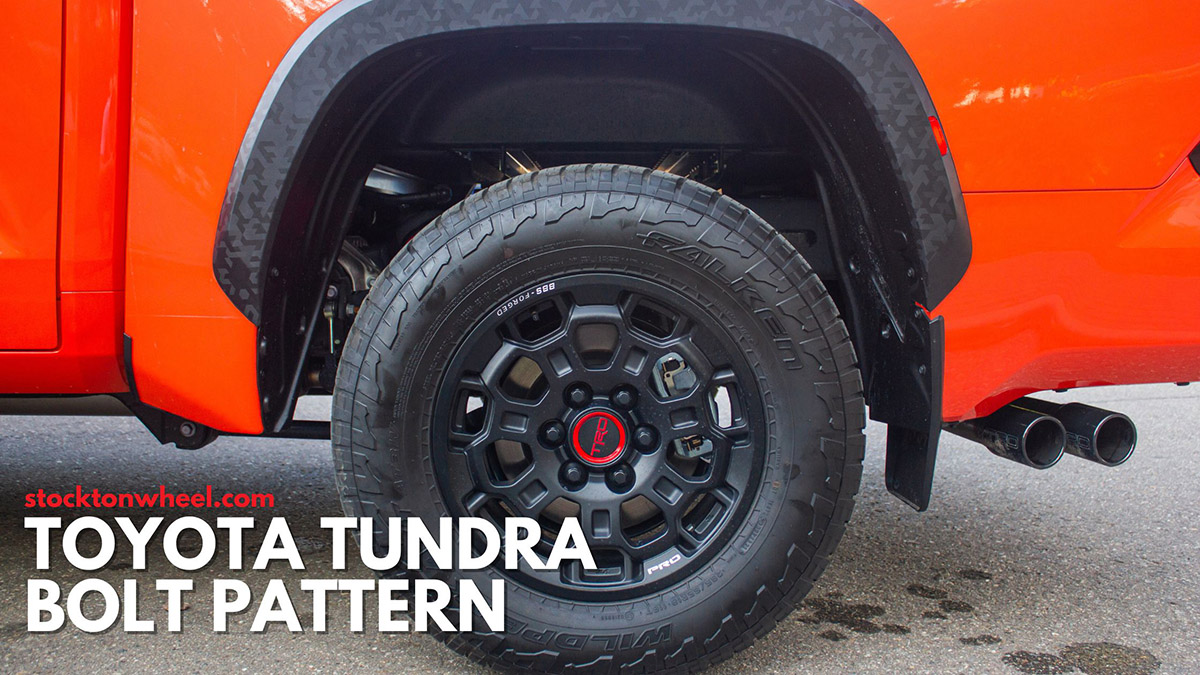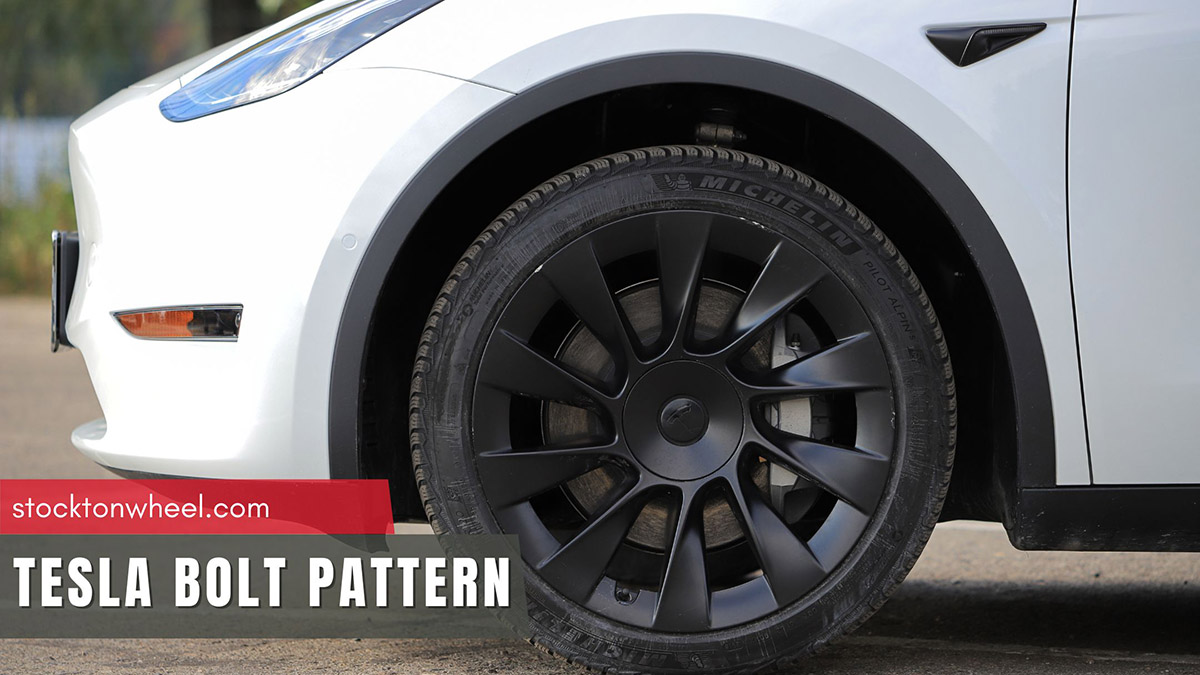Brake pads are crucial to the smooth, efficient operation of every brake system. However, some drivers with limited experience might struggle to identify symptoms of reduced pad quality on their own, which explains why modern brake pads come with indicators now to help you track those issues more easily.
Scroll through our guides to learn about these special safety devices.
In this article:
What Is A Brake Wear Indicator?
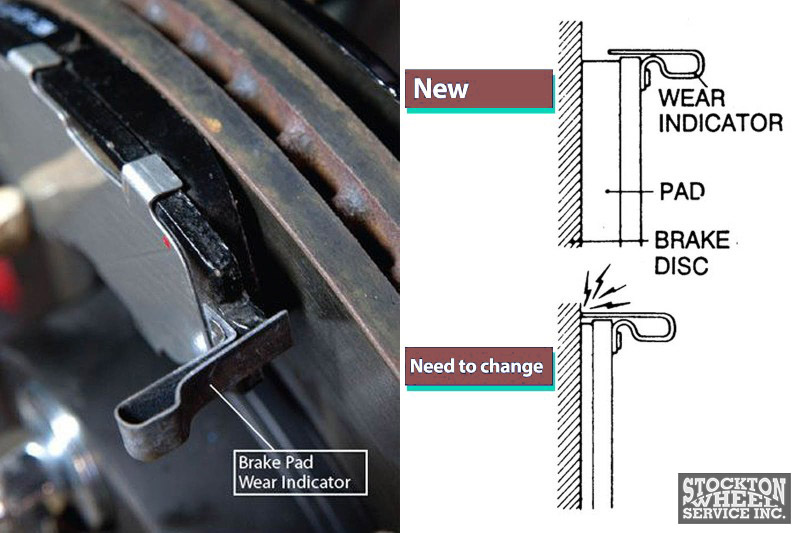
A brake pad wear indicator is a built-in safety feature in modern brake pads designed to alert drivers when their brake pads are approaching the end of their lifespan. Its main purpose is to:
- Protect The Braking System: Its audible, squeaking noise informs you it’s time to replace your brake pads, maintaining the quality and integrity of the overall braking system in the long run.
- Reduce Repair Costs: Brake pads past their prime will wear down to the metal backing plate, leading to excessive metal-on-metal contact between the brake pad and the rotor. With early brake pad replacements based on the indicators, you can avoid costly rotor repairs now.
- Enhance Safety: Worn-out brake pads reduce braking efficiency, cause potential brake system failure, and result in longer stopping distances. The wear indicator ensures you can address all those safety issues promptly to avoid road accidents.

Types of Brake Pad Wear Indicators
There are three main types of brake pad squealers or indicators:
Acoustic Indicator
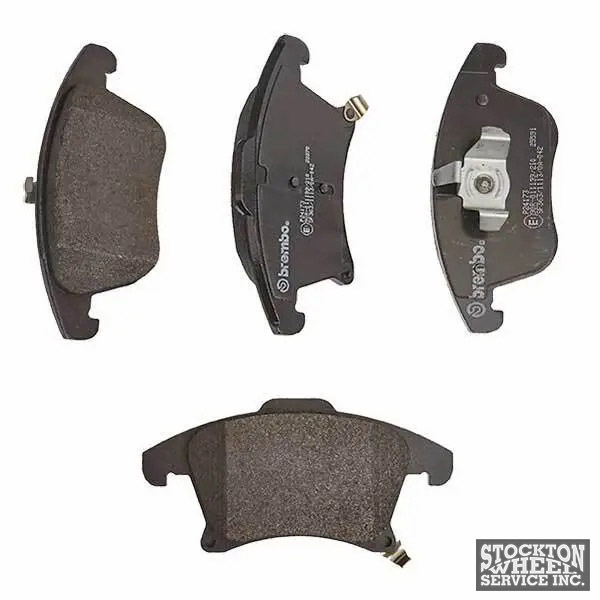
The acoustic wear indicator is a mechanical component in the form of a scratch plate (referred to as “A”) bound to the base plate of the brake pad.
When your brake pad reaches its wear limit, the brake disc touches this scratch plate during braking. That contact, combined with the disc rotation, produces a distinctive and unpleasant screeching sound.
Electronic Indicator
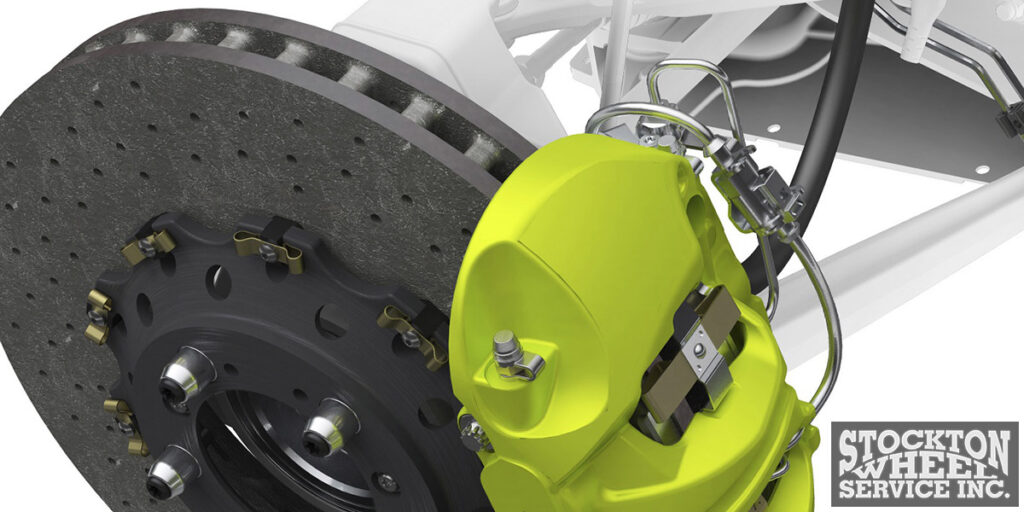
Its basic form includes a wear indicator within the brake pad, an electrical circuit, and a warning display on the vehicle’s dashboard.
Once the brake pad wears to its limit, it engages a warning contact (labeled “B”) integrated into the pad, completing the circuit to trigger the indicator to light up. A typical brake system has 2 or 4 warning contacts, depending on its design.
Sometimes, more modern sensors have a wire loop with low electrical currents. As the brake pad wears, the loop becomes exposed and contacts the brake disc or rotor, creating an open circuit that triggers the warning light.
Special: Two-Stage Sensor
Regarded as one of the latest and most advanced solutions, a two-stage sensor includes two resistor circuits aligning with each other at different heights in the housing.
The resistance within the sensor increases when the first circuit is breached due to brake pad wear. Its system then starts to collect data from various sources (such as brake pressure, brake operating time, brake temperature, mileage, and wheel speed) to estimate how much life is left in the brake pad.
This reading is then shown on the dashboard, either as a numerical value at vehicle startup or as a color-changing warning light when the pad wears down. The light is triggered once the second circuit has been broken, indicating your car needs brake service.
The number of sensors in a braking system varies from 1 to 4 (depending on the system’s design), and their placement may also differ. For instance, some sensors are built directly into the brake pad material and cannot be removed, while others are placed on the pad itself.
How Long Do Brake Pads Last After The Wear Indicator Is Triggered?
On average, you can expect approximately 200 to 1,000 miles, depending on weather conditions, terrains, and driving habits.
Still, the safest bet is to have your car’s brakes diagnosed immediately by a professional once the indicator activates; delaying the inspection for too long poses numerous risks to both your and others’ safety on the road.
Do You Have To Change The Wear Indicators When You Change Brake Pads?
It’s advisable to change the brake pads and their wear indicators at once, especially if you use traditional acoustic types. These thin metal strips are designed to wear out at the same time as the brake pads and can become damaged/ineffective if not replaced timely.
Some modern indicators are connected to a sensor that activates the dashboard warning light. So, if you do not change them, the warning light will not turn on even after the brake pads have been worn down, causing brake failure.
Other Ways to Check Your Brake Pads If The Indicator Does Not Work
- Listen for grinding or squealing noises when you brake – a common sign of worn brake pads.
- Inspect the brake pads visually. Do the pads look thin (less than ¼ inch) or rusted? Then, they need to be replaced.
- Have your brakes inspected by a qualified mechanic; that is the best way to confirm your brakes are still in good condition.
Conclusion
Older vehicles use traditional acoustic indicators to identify low brake pads, while modern cars have been switching to electronic wear sensors or two-stage sensors recently. Regardless of which one you use, ensure the pads are properly inspected and replaced afterward for optimal braking performance.

